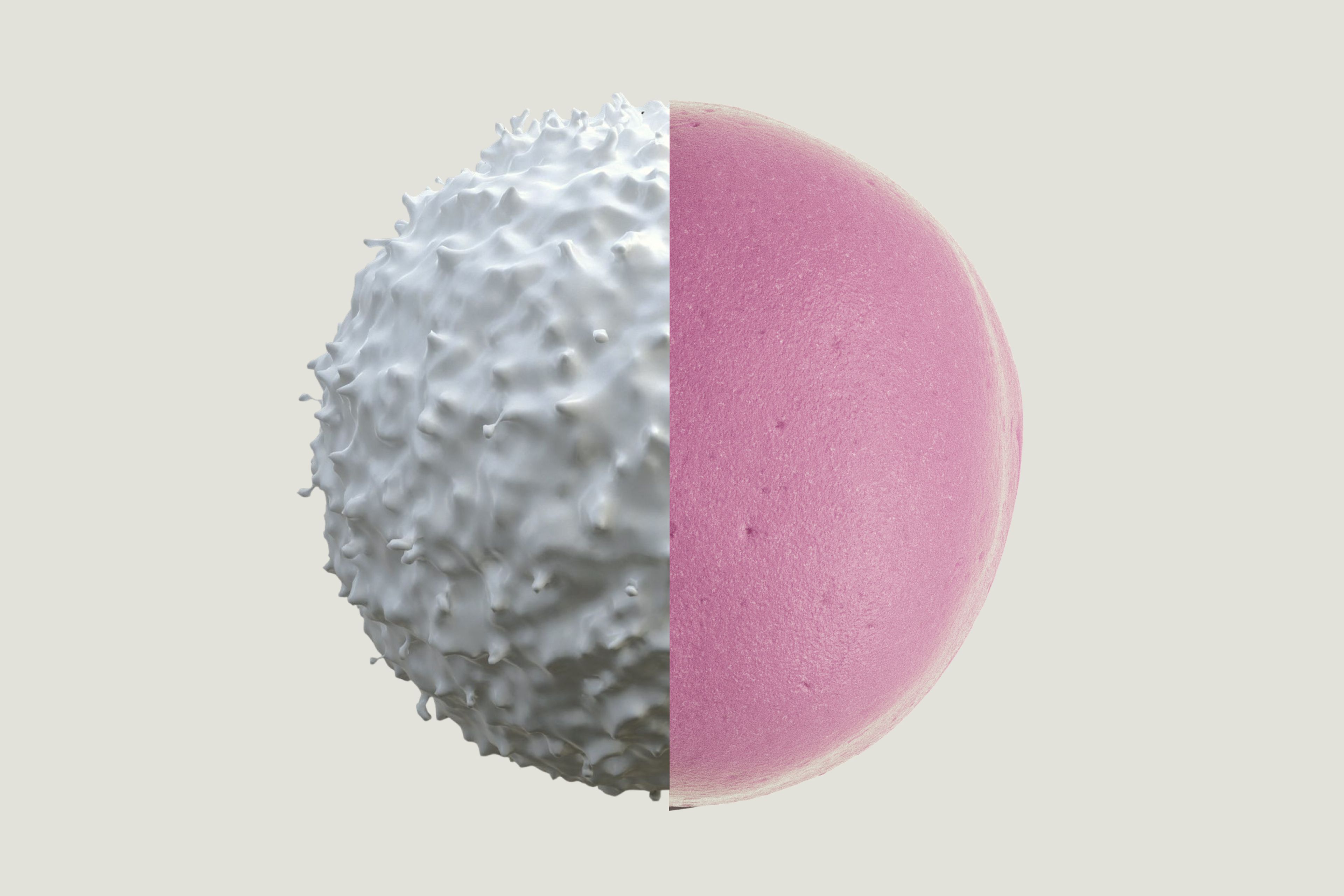The Future of Longevity Medicine: Breakthroughs from 2024
Discover 2024's top longevity breakthroughs, from organ-specific aging to ovarian health, shaping the future of healthier, longer lives.

Longevity medicine is transforming the way we think about aging. It’s no longer just about living longer—it’s about living better, with more years spent in good health. As scientists continue to unravel the complex biology of aging, we’re seeing groundbreaking discoveries that are paving the way for new treatments, prevention strategies, and a deeper understanding of how we can optimize health across the lifespan.
The year 2024 has been a particularly exciting time for the field, with studies revealing new insights into how our bodies age. From uncovering patterns of aging that occur in waves to understanding the role of blood proteins in predicting organ health, these findings are setting the stage for a healthier, longer future.
In this roundup, we highlight some of the most impactful research published this year—a glimpse into the innovations shaping the next generation of longevity medicine and bringing us closer to a future where age is just a number.
A Landmark Study Highlights Health Disparities and Trends Across the United States
Over the past 30 years, the health landscape in the United States has undergone significant transformation, shaped by shifting demographics, socioeconomic factors, and advancements in healthcare. As the aging population grows and lifespan has increased, we’ve seen a shift to the rising prevalence of conditions like cardiovascular diseases, metabolic conditions, and mental health disorders. These diseases continue to dominate as the leading causes of morbidity and mortality, presenting substantial challenges for healthcare systems and, of course, the lives of the individuals living with these illnesses.
The Global Burden of Diseases, Injuries, and Risk Factors Study (GBD) 2021 provided an in-depth analysis of health trends and disparities across the United States from 1990 to 2021. Researchers evaluated 371 diseases and injuries, 88 risk factors, and their associated health outcomes.
Key Findings:
Key findings reveal alarming disparities in life expectancy in the United States over the years compared to other countries, as well as stark differences in health. Here are a few important insights from the study:
- Over the last 3 decades, life expectancy in the US has dropped compared to other countries. U.S. men went from being ranked 35th in the world to 46th, and U.S. women dropped from 19th to 47th.
- Some states were impacted more significantly than others. West Virginia, for example, saw the biggest loss, with people living nearly 3 years less on average compared to 1990. Hawaii consistently had the lowest death rates and the best health outcomes. Mississippi and West Virginia had the worst. In 2021, Mississippi had more than double the death rate of Hawaii.
- Healthy Life Expectancy (HALE) measures health span, or how many years people live in good health. The U.S. ranking for healthy life dropped from 42nd for men and 32nd for women in 1990 to 69th and 76th, respectively, in 2021.
- There were changes in what people were dying from. In good news, death rates from heart disease, lung cancer, and breast cancer dropped by about 40-56%. However, deaths from drug use, kidney disease, and falls increased significantly, with drug-related deaths jumping nearly 9 times higher since 1990.
- People are living with long-term health issues like back pain, depression, and problems from drug use, and it’s getting worse. For example, mental health issues, like depression, especially in women, have gotten worse over time.
- Conditions like high blood pressure, smoking, and high blood sugar were the biggest risks for death in 2021. For younger people (ages 15-49), drug use and alcohol were bigger problems. For older people (ages 50-69), smoking and unhealthy diets were major risks.
The study highlights the need to address socioeconomic determinants, health disparities, and risk behaviors to improve health outcomes across the country. By leveraging this data, policymakers, healthcare professionals, and researchers can better prioritize interventions and resource allocation, fostering a healthier, longer-living population.
Read the study here.

Human Aging Occurs in Two Waves
Aging is a complex biological process that includes 12 hallmarks that contribute to the decline of our health over time. To better understand how our bodies change over time, scientists conducted a study tracking 108 individuals aged 25 to 75 and analyzed blood, stool, skin, and other samples. Researchers used this omics data to identify how proteins, genes, and molecules shift with age. Participants were followed for an average of 1.7 years, with some tracked for as long as 6.8 years, offering a detailed glimpse into the aging process.
Perhaps the most surprising outcome is the discovery that aging does not follow a straight path. Rather than a gradual, consistent decline, the study revealed that aging occurs in two dramatic waves, where biological and molecular changes accelerate.
The first wave happens around age 40 when we see metabolism slowing, impacting how the body processes fats, caffeine, and alcohol. Heart health changes also begin to emerge more prominently.
The second turning point is around age 60. At this time, The immune system begins to weaken significantly, increasing susceptibility to diseases like diabetes, heart disease, and kidney conditions.
Why This Research Matters
By understanding these critical turning points, scientists can work toward developing targeted therapies to slow aging or prevent age-related diseases, keeping people healthier for longer. By identifying these patterns, scientists hope to uncover new ways to optimize health as we age, offering the possibility of interventions that extend not just lifespan but health span—the years we live in good health.
Read the study here.

New Insights into Female Reproductive Aging
The ovary is the first organ in the female body to show signs of aging, marking the start of a cascade of changes that go far beyond fertility and reproduction. As women age and approach menopause, the natural decline in egg quality and quantity triggers profound shifts that affect nearly every system in the body—from muscle and joint health to brain function and skin vitality. Moreover, menopause is linked to an increased risk of serious illnesses, including heart disease, underscoring the widespread impact of ovarian aging on overall health.
Despite its importance, the biological mechanisms driving ovarian aging remain poorly understood—until now. A new study has created the first-ever single-nuclei multi-omics atlas of human ovaries, comparing young ovaries (ages 23–29) to reproductively aged ovaries (ages 49–54). Using advanced techniques, the researchers looked at the genes and DNA activity in cells from both young and older ovaries.
Here’s what researchers discovered:
- Changes in cell type: The researchers noted several changes in the structure and balance of cell types in the ovary with aging. This remodeling might explain why ovaries lose function with age, which can lead to fertility issues and other health effects.
- mTOR Signaling as a key aging pathway: The study identified that mTOR signaling, a pathway involved in cell growth and metabolism, is particularly active in ovarian aging. This could open new doors to targeted therapies to slow ovarian aging.
- Aging’s impact on gene regulation: Aging leads to significant changes in gene activity across all cell types in the ovary. The researcher also discovered that ovarian aging is unique compared to other tissues.
- Genetics and menopause timing: By integrating genetic data with their findings, researchers identified how specific genetic variants associated with the timing of natural menopause affect ovarian cell functions.
This study offers new insights into the cellular and molecular mechanisms of ovarian aging and provides a valuable resource for future research. With this deeper understanding, scientists are one step closer to developing interventions that could delay the aging process, improve fertility outcomes, and enhance women's overall health.
Read the study here.
Organs Age at Varying Rates
Have you ever wondered why different systems in your body seem to age at different rates? For example, your joints might feel stiff and achy while your brain remains sharp and quick. Or perhaps your heart feels the strain of aging while your liver hums along just fine. Researchers were curious to uncover whether specific organs age faster or slower than others—and what that might mean for your overall health. Could an "older" heart increase your risk of heart failure? Or could a "younger" brain delay the onset of Alzheimer’s? To answer these questions, scientists turned to blood proteins that act like messengers from your organs, revealing clues about their biological age.
More than 5,600 participants, ranging from young adults to the elderly, participated in this study. Researchers used advanced machine-learning techniques to analyze blood proteins associated with 11 major organs. By doing so, they developed models that estimated each organ's biological age and compared it to the person’s chronological age.
The researchers found that different organs will age differently inside an individual and that bio age was a strong predictor of disease development. For example, those with older hearts had a 250% higher risk of developing heart failure. They also found certain conditions, like diabetes or high blood pressure, cause organs like the kidneys to age faster.
Why Is This Study Important?
This research introduces a simple blood test to measure organ-specific aging, offering a powerful tool for personalized care. By identifying organs that are aging rapidly, doctors could intervene early to prevent disease and improve overall health outcomes.
Read the study here.

The Future of Longevity Medicine
Breakthroughs like these are transforming the future of longevity medicine. The field of longevity medicine is entering an exciting era, one where science-driven interventions are not just extending lifespan but improving health span—the years we live in good health. As researchers continue to uncover the complex mechanisms of aging, doctors will be better equipped than ever to keep their patients healthier for longer, making this a promising time for both medicine and the future of aging.
Authors

Written by
Director Science Communications

Reviewed by
Lead Regulatory Affairs & Scientific Manager Alliances at Timeline

·
Nutrition·
Studies·
2025’s Breakthrough Findings on Urolithin A

·
Nutrition·
Studies·
New Study: Urolithin A Revitalizes an Aging Immune System

·
Nutrition·
Studies·









